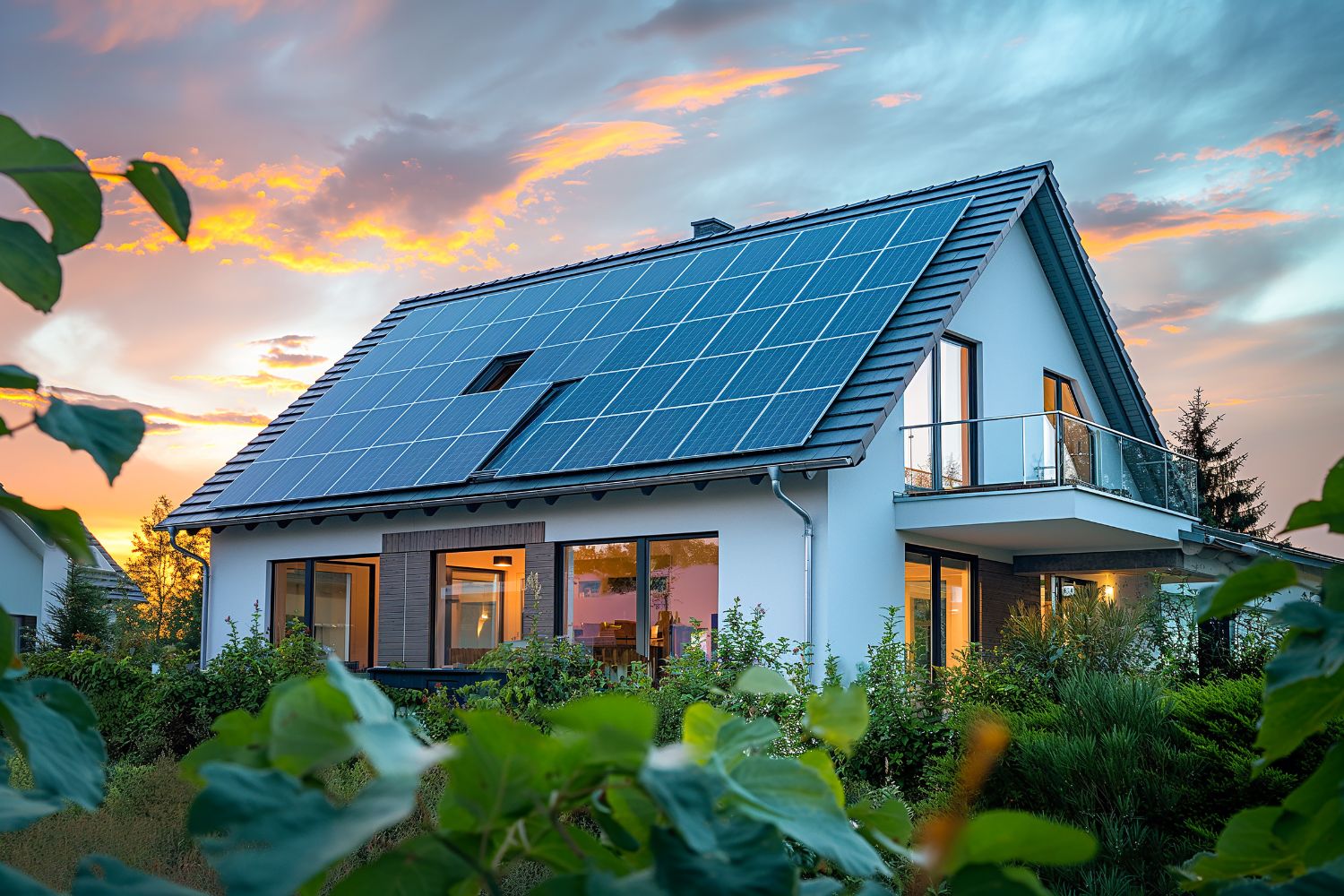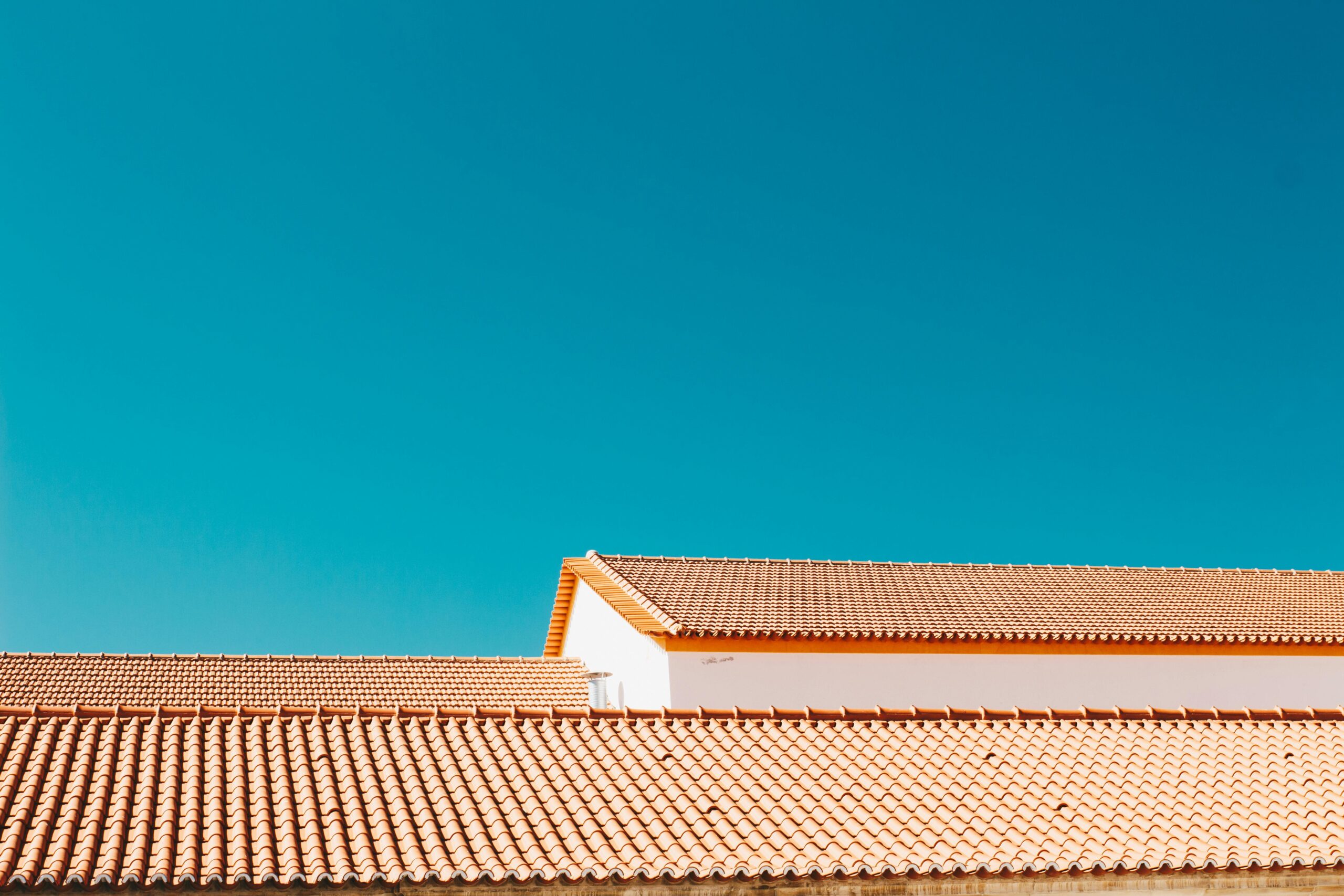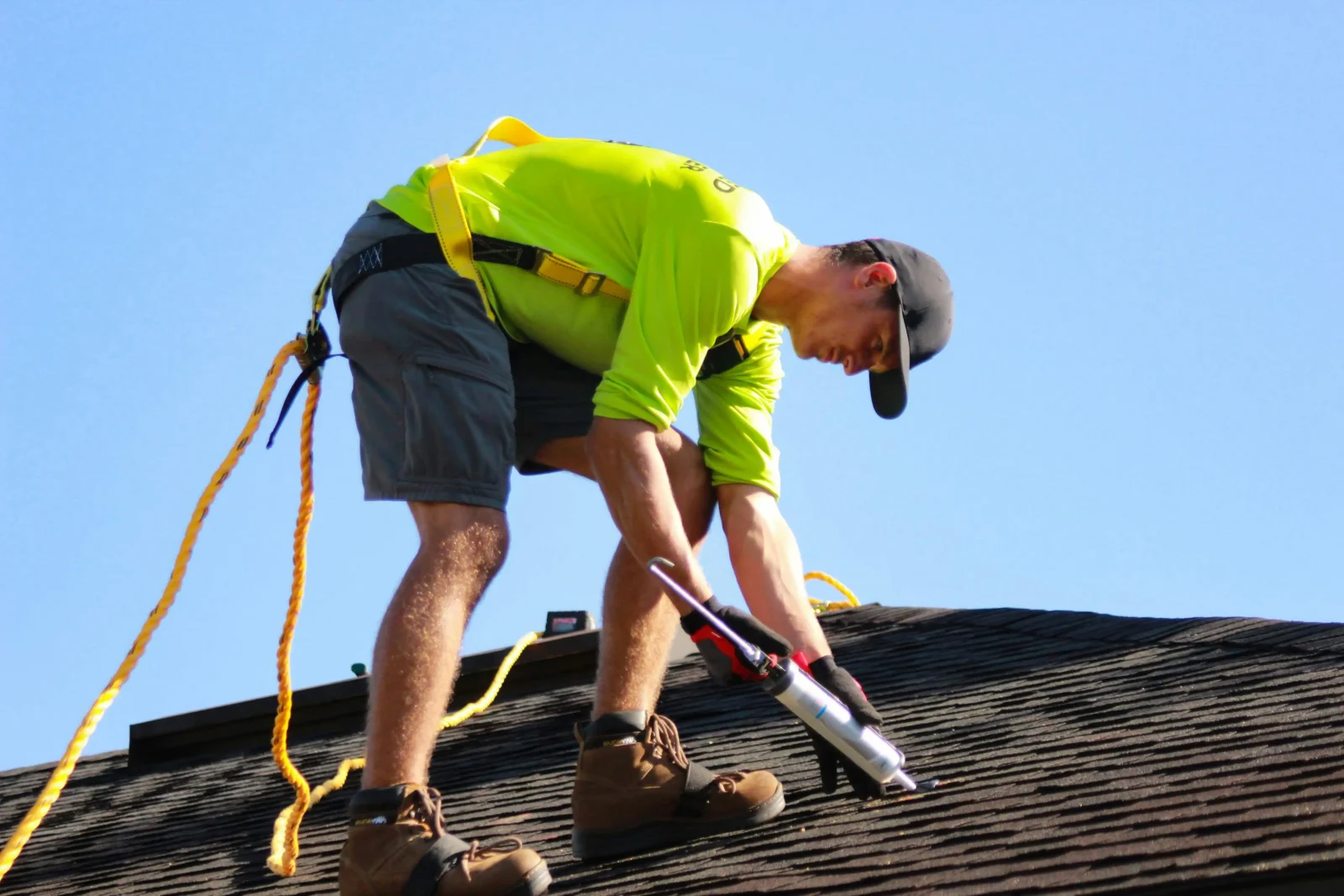- Home
- Articles
- Architectural Portfolio
- Architectral Presentation
- Inspirational Stories
- Architecture News
- Visualization
- BIM Industry
- Facade Design
- Parametric Design
- Career
- Landscape Architecture
- Construction
- Artificial Intelligence
- Sketching
- Design Softwares
- Diagrams
- Writing
- Architectural Tips
- Sustainability
- Courses
- Concept
- Technology
- History & Heritage
- Future of Architecture
- Guides & How-To
- Art & Culture
- Projects
- Interior Design
- Competitions
- Jobs
- Store
- Tools
- More
- Home
- Articles
- Architectural Portfolio
- Architectral Presentation
- Inspirational Stories
- Architecture News
- Visualization
- BIM Industry
- Facade Design
- Parametric Design
- Career
- Landscape Architecture
- Construction
- Artificial Intelligence
- Sketching
- Design Softwares
- Diagrams
- Writing
- Architectural Tips
- Sustainability
- Courses
- Concept
- Technology
- History & Heritage
- Future of Architecture
- Guides & How-To
- Art & Culture
- Projects
- Interior Design
- Competitions
- Jobs
- Store
- Tools
- More
Making Roofing Upgrades: Essential Tips You Should Follow

Upgrading your roof can significantly enhance the durability and aesthetic appeal of your home. Investing in quality roofing materials and techniques protects your property from the elements while potentially increasing its value. When considering roofing upgrades, a multitude of factors must be considered, from material types to seasonal conditions. Ultimately, understanding the most effective approaches to upgrading is crucial for homeowners looking to improve their roofing systems. This guide offers insights on essential tips to follow for successful roofing upgrades.
Table of Contents
ToggleUnderstanding Your Roofing Options
Choosing the right roofing material is a vital first step in the upgrading process. Options abound, such as asphalt shingles, wood shakes, metal, and tile, each with its benefits. Asphalt shingles are popular due to their affordability and variety, making them suitable for various home styles. On the other hand, wooden shakes offer a rustic charm but require more maintenance over time. Metal roofs are becoming increasingly appreciated for their durability and energy efficiency, while tile roofs provide a distinctive look and exceptional longevity. Homeowners should carefully consider their budget, aesthetic preferences, and the climate in their area when selecting materials. Consulting local experts can enhance your decision-making process.

Assessing Your Current Roof Condition
Before any upgrades, it’s essential to evaluate your current roof’s condition. Look for visible signs of wear, such as cracked shingles, missing tiles, and leaks. A thorough inspection may reveal rotting wood or issues with the underlayment. Ignoring minor problems can result in significant costs later, as small leaks can develop into substantial water damage. Engaging professional roofing inspectors can offer an expert overview and recommend appropriate enhancements. Assessing the age of your roof is crucial, as most roofing materials have a limited lifespan. Knowing whether your roof has reached the end of its lifespan will help you decide whether to repair or fully replace it. This step will provide a solid foundation for your renovation plans.
Planning for Your Upgrade
A solid plan is paramount when preparing for roofing upgrades. Consider factors such as scope, timeline, and budget. Communicating your desires and constraints with contractors ensures your goals are realistically achievable. Make a clear list of must-haves, whether expansion factors, aesthetic changes, or better insulation. Proper planning will also include obtaining the necessary permits and adhering to local building codes, which cannot be overlooked. Exploring energy-efficient roofing systems can lead to considerable long-term savings on energy bills. Researching different contractors and comparing their offers can also overcome uncertainty. Ensuring you choose a roofing professional who aligns with your vision is essential for a seamless process.
Choosing the Right Contractor
The contractor you choose can impact the quality of your roofing upgrade. Assess potential candidates based on their credentials, experience, and reviews from previous clients. Asking for recommendations from neighbors or friends can lead to reliable options. It’s advisable to obtain multiple quotes, enabling you to assess what each contractor brings to the table. Pay attention to references and ensure they have the relevant insurance and licenses, as working with trained professionals is paramount for effective roofing upgrades. Seeking advice from Sylmar roofers can also provide valuable insights into local expertise and best practices. Establishing clear communication with your contractor will facilitate a smoother process. A reliable contractor will showcase a thorough understanding of your specific needs and align their work accordingly. Making this effort can significantly affect your renovation’s long-term success.

Preparing for Installation
Preparation is vital for a successful roofing upgrade, as the process can be demanding for both the contractor and the homeowner. Ensure all critical areas around the house are accessible to allow for the moving of materials. Take time to communicate with your contractor about your expectations and address any concerns regarding the installation. Homeowners should also prepare for some inconvenience, such as noise and restricted access during the process. Ensuring that pets and children are kept safe and out of the danger zone is necessary. Additionally, it’s smart to schedule your installation during dry seasons to avoid setbacks caused by rain or snow. Proper communication with your contractor throughout this phase improves overall satisfaction with the finished product.
Post-Upgrade Maintenance
Once your roofing upgrade is complete, consistent maintenance is key to prolonging its life and function. Regularly inspect your roof for debris accumulation and overhanging branches. Cleaning gutters and drainage systems help prevent clogs and ensure smooth water flow. Establish a seasonal schedule for inspections, helping to identify potential issues before they escalate. If any problems arise or if you’re unsure about the extent of wear, don’t hesitate to call in professionals. Catching wear-and-tear early can save you from expensive repairs later on. Documenting your maintenance efforts can add to your home’s value should you wish to sell in the future.
By understanding the various aspects involved in roofing upgrades, homeowners can make informed choices that will enhance their property’s value and durability. Starting with a solid plan, speaking with roofing professionals, and maintaining vigilance post-upgrade can ensure long-term satisfaction.
illustrarch is your daily dose of architecture. Leading community designed for all lovers of illustration and #drawing.
Submit your architectural projects
Follow these steps for submission your project. Submission FormLatest Posts
Sunny Days, Secure Roof: Simple Steps to Shield Your Home
Your home is more than just a place to live—it’s a sanctuary....
Simple and Stylish Roof Ideas for Homeowners
When designing your home, don’t overlook the roof. It’s essential for both...
Key Qualities to Look For in a Residential Roofing Contractor
Choosing a residential roofing contractor involves careful consideration. The roof is a...
Top Signs It’s Time to Replace Your Gutters, Not Just Repair Them
What plays a crucial role in protecting your roof down to the...












Leave a comment